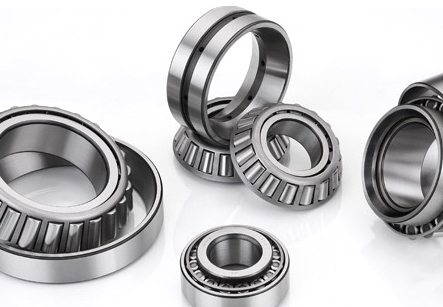Ring bearing designs can be traced back to 18th century Europe, where they were first used on clock mechanisms. The use of these bearings eventually moved westward to North America, and then around the world over the past century. These ring bearing designs have proven to be useful in many different applications. In fact, ring bearing technology is so important that in some areas it is required by law.
Ring bearing rings are usually used in counter-rotating and pulley/cantilever applications. They are usually designed to provide smooth operation and high-speed speed performance. Traditionally, ring bearings were designed like ball bearings in a conical style. However, today there are several more efficient and more advanced models on the market, which consist of inner ring blocks, hard-anodize aluminum outer rings and a friction-reducing friction fit.
One application where this type of bearing ring design is very useful is in the production of tension or load-bearing rollers. In a trolley system, for example, two or more roller links are secured on a fixed base. The ring positioned inside the center link of one link rolls in an outward-facing and counter-clockwise direction when loading, while the other link remains stationary. As the loaded link rotates, the inner ring moves in an outward-facing and clockwise direction. When the trolley is not loaded, both roller links rotate in the same direction, thus providing full-load torque. This design provides excellent protection against shock and vibration, especially important for heavy machinery and other equipment.
Ring bearing rings are also used in conjunction with counter-rotating or clockwise-rotating shafts. In some applications, the inner ring may be fixed, while the outer ring or cage may be movable. The inner ring is designed to prevent contact between the rotating shaft and the fixed surface. When the two are meshed, they provide very good protection from fatigue caused by repetitive bending. This prevents fatigue-related damage to the bearing rings and gear teeth.
Bearings in this configuration are typically precision-crafted to include a low number of teeth. Because there are fewer teeth, less wear and abrasion is possible, and the chances for fastening error and rough grinding are considerably reduced. An inner ring with a high number of teeth has a higher degree of hardness than an outer ring with the same number of teeth. Inner rings also tend to have a better anti-slip grip. And because there is no contact between the inner ring and the moving surfaces, the inner ring has a much longer life than do rotating rings, as well as a superior structural strength.
Ring bearing assemblies are employed in many industries, from aerospace to automotive and marine applications. Ring bearings are used to transfer power from an external source, such as an alternating current motor, to a stationary load. These loads are usually either a shaft or a pinion that has a creep rating, which is a measure of the amount of lateral force that can be exerted on a rotating shaft while it is being turned. A creep rating is expressed as the ratio of the maximum load, the device can withstand against the rate of rotation times the applied force.


